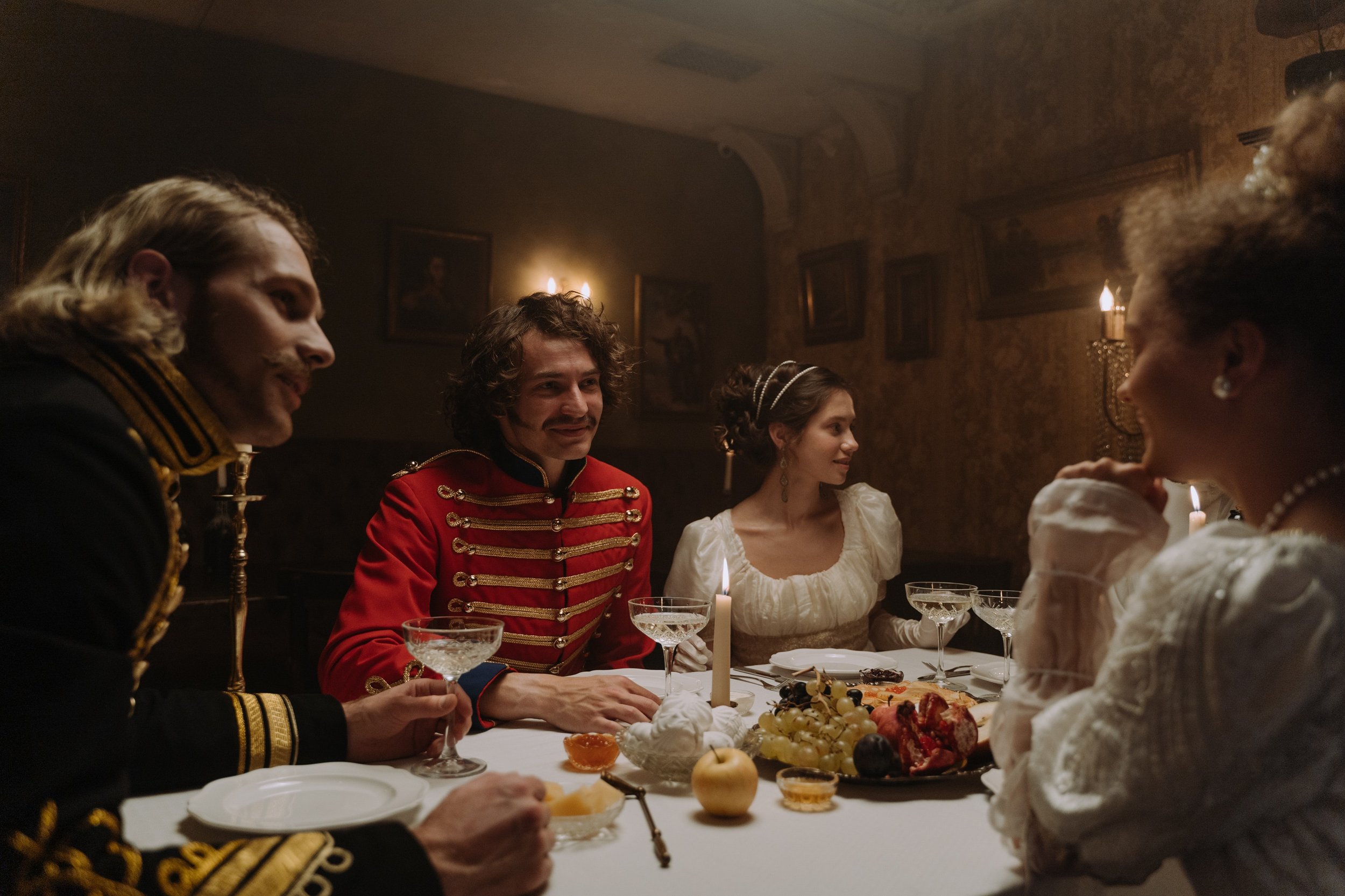Unlock Your Inner Storyteller: 3 Ways to Improve Your Storytelling Techniques
We all have an inner storyteller within us, waiting to be unlocked and unleashed.
Storytelling is an incredibly powerful tool, capable of captivating audiences and inspiring action. Whether you're looking to become a more effective public speaker, captivate an audience in a meeting, or just become a better storyteller in your everyday life, this blog article introduces the techniques you need to take your storytelling to the next level.
By learning how to structure your stories, use vivid language, and tap into the power of emotions, you can become a master storyteller in no time.
Structure Your Story - Establishing the Basics
The first step towards becoming a better storyteller is learning how to structure your stories. If you want to captivate your audience, it all begins with the structure of your story. Yet how do you go about structuring your story so that it truly resonates with your audience? One of the most important things to remember when structuring your story is that it should have a beginning, middle, and an end. In addition, it should flow naturally, without any gaps in logic.
Let’s take a look at the different stages of a story and figure out how to structure each one.
The Exposition - The exposition is the part of the story where we are introduced to the main characters, settings, and the main problem that needs to be resolved. It’s at this stage of the story where you want your audience to be engaged and invested in what you’re saying.
The Rising Action - The rising action is where things start to get interesting. It is the point of the story where the main problem is introduced and the main characters start to take the necessary steps to resolve it.
The Climax - The climax is the most exciting part of the story. It is the point when all of the tension from the rising action is released and the main characters triumph over their problem.
The Falling Action - The falling action is the part of the story where events start to slow down and we prepare for the end. It is the transition towards the resolution of the story.
The Resolution - The resolution is the final part of the story, where the main characters find resolution after dealing with the main problem. It’s the part of the story where the main characters have learned their lesson and the problem has been resolved.
Use Vivid Language - Create an Engaging Narrative
So, you know the basics of structuring your story. Now, it’s time to look at the next step towards creating a captivating narrative: using vivid language.
If you want to create an engaging narrative, you have to be able to paint a picture with words. Whether you’re trying to communicate a new idea or inspire action, vivid language is the key to truly engaging your audience. Let’s take a closer look at the importance of vivid language and how you can incorporate it into your storytelling.
When you’re trying to create an engaging narrative with vivid language, there are a few things to keep in mind. First, you want to make sure your audience is engaged from the very beginning of your story.
The Hook - The hook is the first part of your story where you want to effectively engage your audience. It is the point where you introduce the main characters and the problem they have to overcome. Ideally, your hook should create curiosity in your audience so that they are eager to know how everything is resolved.
The Build-Up - The build-up is the second part of the story where you slowly introduce the main characters and the problem they are trying to resolve. Ideally, the build-up should contain sufficient backstory to create context for your story, but not so much information that it disrupts the flow of your narrative.
The Twist - The twist is the part of the narrative where you introduce a plot twist that changes the dynamic of your story. It is the point where your narrative takes a turn and your audience starts to see the connection between your story and the real world. Ideally, a plot twist should be unexpected but also make sense after being properly explained.
The Resolution - The resolution is the final part of your story, where all of the loose ends are tied up and the main characters overcome their problem. Ideally, the resolution should be extremely satisfying for your audience and leave them with a feeling of inspiration or closure.
Tap Into Emotions - Connect with Your Audience
The final step towards becoming a better storyteller is tapping into the power of emotions. While a powerful narrative is important, it’s also important that you tap into the emotions of your audience.
If you want to truly captivate your audience, you need to make them feel something. Storytelling is a very natural way of learning new things. If you learn something in a story format, you’re more likely to remember it than if you were to read the same information in a list format. Stories help us to connect with the world around us and learn from the experiences of others.
So, why not use storytelling to your advantage? There are a few ways that you can tap into the power of emotions when telling your story.
Connecting - First, make sure that you’re really connecting with your audience. This means that you need to have full eye contact with your audience and be speaking to them directly. It also means that you have to be really thinking about the emotions that you want to convey.
The Tone - The tone is the general feeling that your story creates. It’s the overall feeling that your story leaves with your audience. The tone is a combination of the language that you use and the emotions that you tap into, whether its excitement, sadness, or serious.
The Ending - The ending is the final part of your narrative, where you want to leave your audience inspired and feeling like they have learned something. Ideally, the ending of your story should make sense, be very memorable, and leave your audience with a positive feeling.
Practice Makes Perfect
We all have an inner storyteller within us, waiting to be unlocked and unleashed. Storytelling is an incredibly powerful tool, capable of captivating audiences and inspiring action. Whether you're looking to become a more effective public speaker, captivate an audience in a meeting, or just become a better storyteller in your everyday life, this article has the techniques you need to take your storytelling to the next level. By learning how to structure your stories, use vivid language, and tap into the power of emotions, you can become a master storyteller in no time.
Become a better storyteller with our Create Great Content course, kicking off in Parramatta on Monday 30 January 2023.
Register now at www.academyofmedia.edu.au/create-great

